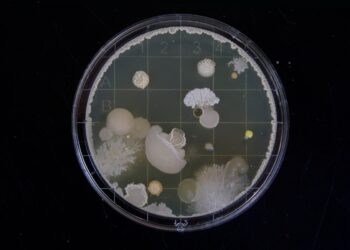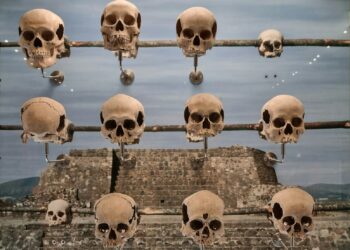Sagano, a forest in Kyoto, is made up mostly of what plant?
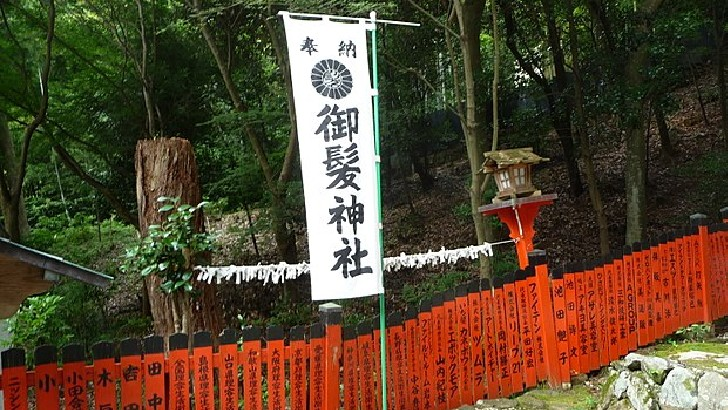
Coconut Trees
Bamboo
Cherry Blossoms
Lotus
What is Japan’s nickname, as represented by its flag?
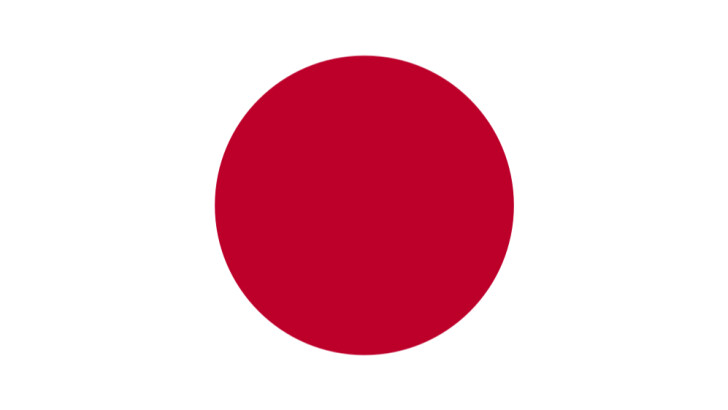
Land of the Sunrise
Land of the Big Red Circle
Land of the Rising Sun
Land Near The Ocean
Japan is the birthplace of several martial arts disciplines. Which of the following martial arts is not Japanese?
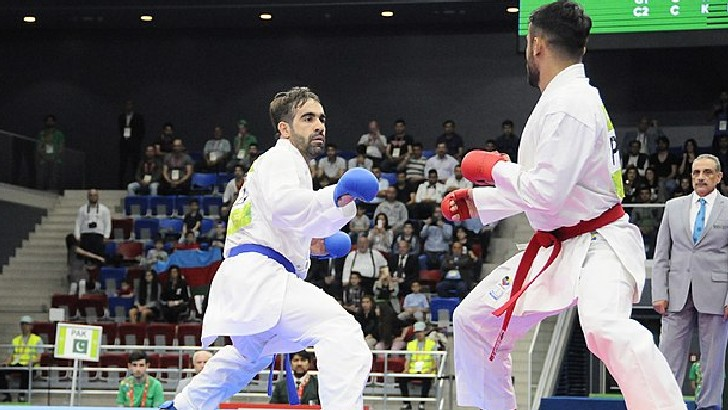
Karate
Kung Fu
Jujutsu
Judo
What was the leader of the medieval Japanese warlords called?
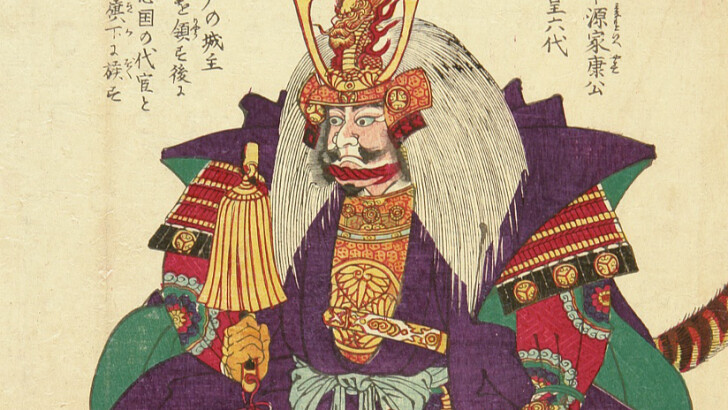
Ronin
Kokugaku
Jonin
Shogun
Although Japan has hundreds of islands, there are four major ones. Which one isn’t one of them?
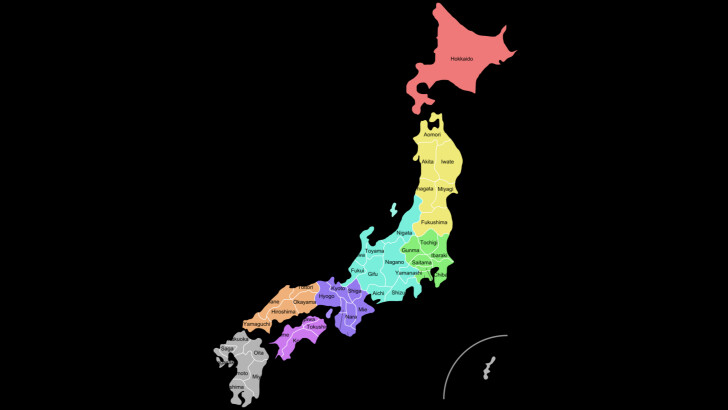
Hundred Islands
Hokkaido
Shikoku
Kyushu
The Ryukyu Archipelago is made up of Japan’s southwest islands. Which of the 72 islands is the largest?
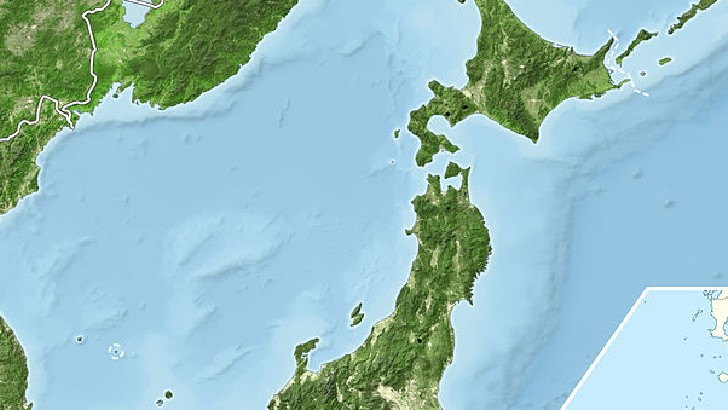
Honshu
Hashima
Sado
Okinawa
Known as Emperor Shwa, who was Japan’s longest-reigning monarch and state ruler during WWII.
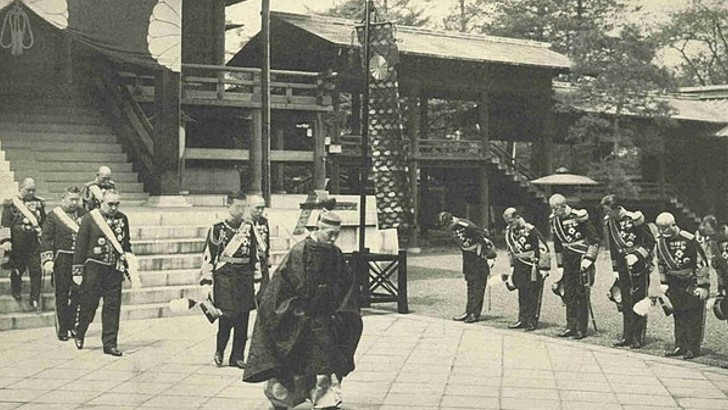
Hitoito
Hirohito
Shinji
Suzaku
If you enjoy making 3D art, you’ll enjoy this Japanese paper folding technique.
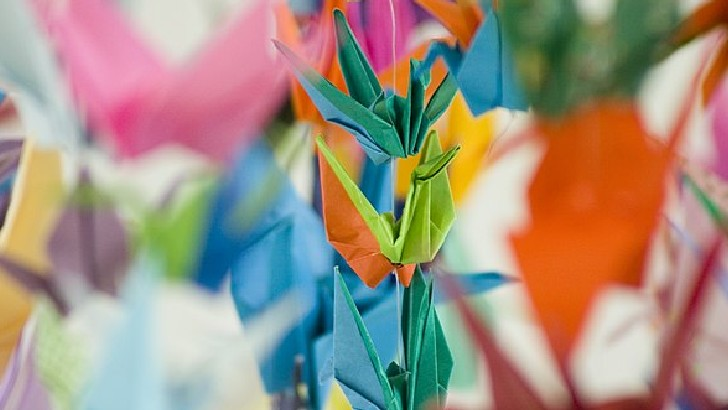
Mosaic
Origami
Bonsai
Shuta
In Japan, this flower is known as “hanami,” and it is celebrated with a variety of events in the springtime.
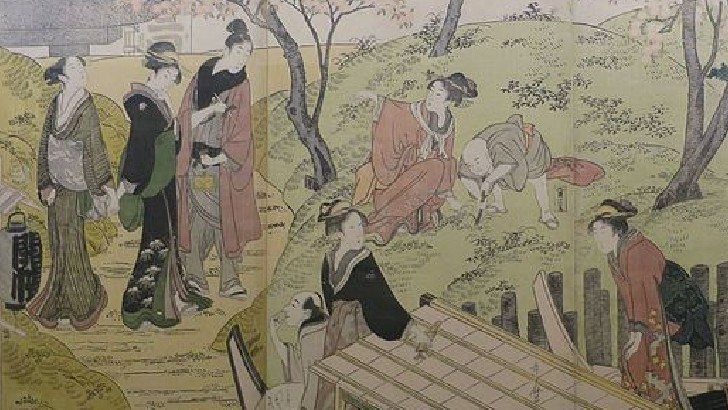
Orchids
Jasmine
Cherry blossoms
Lotus
Who was this Japanese Marshal Admiral during WWII (also known as the mastermind of the attack on Pearl Harbor)?
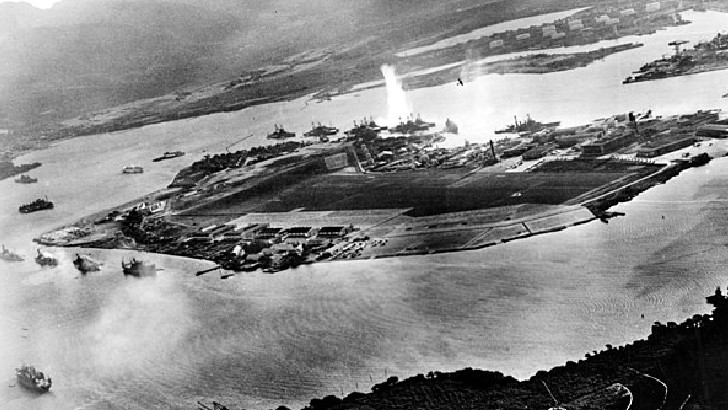
Tomoyuki Yamashita
Isoroku Yamamoto
Masatake Okumiya
Ulysses S. Grant
Tea and crumpets are popular in the United Kingdom, but these traditional Japanese sweets are also popular to be enjoyed along with tea.
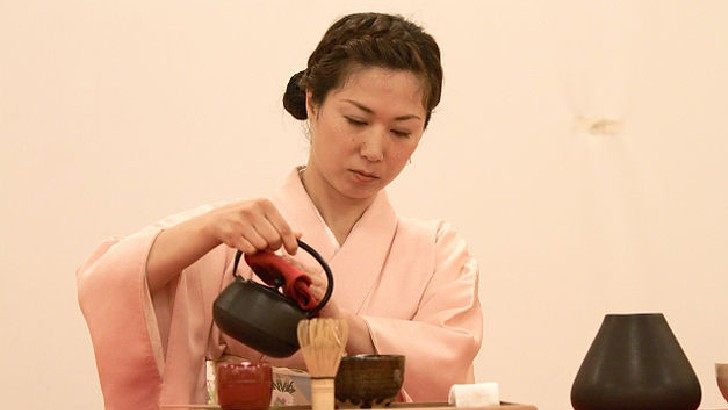
Iced Panda
Kasugai Yuzu Gummies
Wagashi
Japanese Cupcakes
The United States (Hawaii) is 4,108 miles from Japan. Who is Japan’s most immediate neighbor?
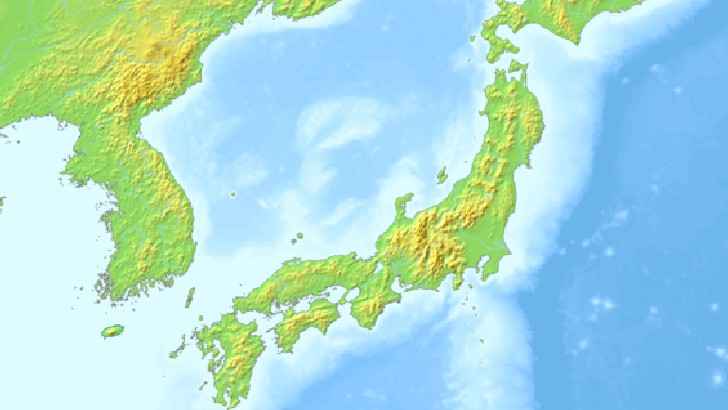
Bangladesh
China
South Korea
Philippines
There were three “Great Unifiers” in Japanese history. Who was not one of them?
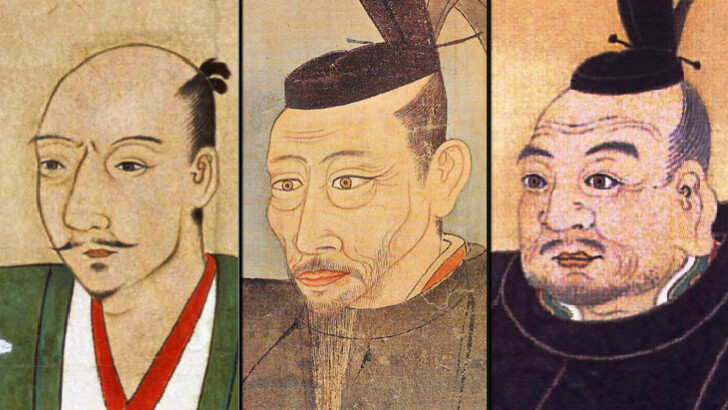
Kenshin Himura
Toyotomi Hideyoshi
Oda Nobunaga
Tokugawa Ieyasu
In the late 1800s, Japan went to war with (and defeated) which two countries?
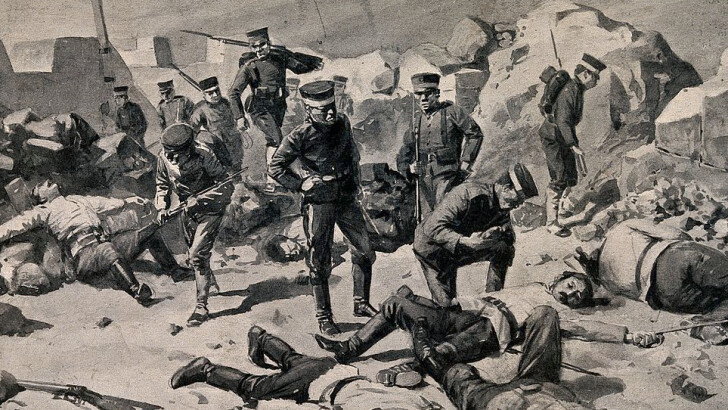
China and Russia
Russia and Ukraine
North Korea and South Korea
Philippines and the United States
Who is Japan’s longest-serving prime minister, who has led the country since the late 1990s and will continue to do so until 2020?
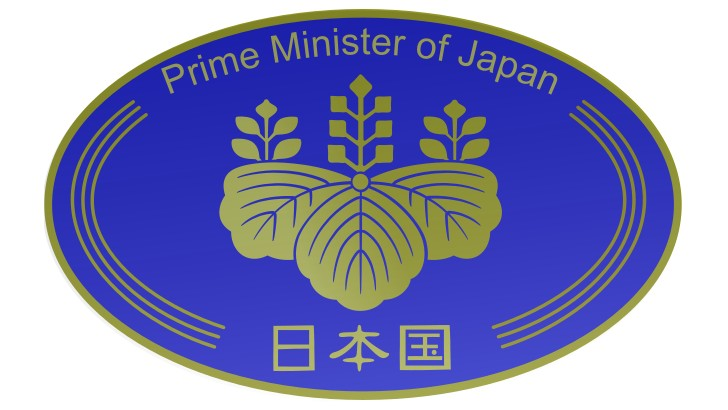
Jinkee Oda
Shinzo Abe
Naoto Kan
Daniel Matsunaga
After seeking retribution for their master, 47 members of what gang were forced to kill themselves?
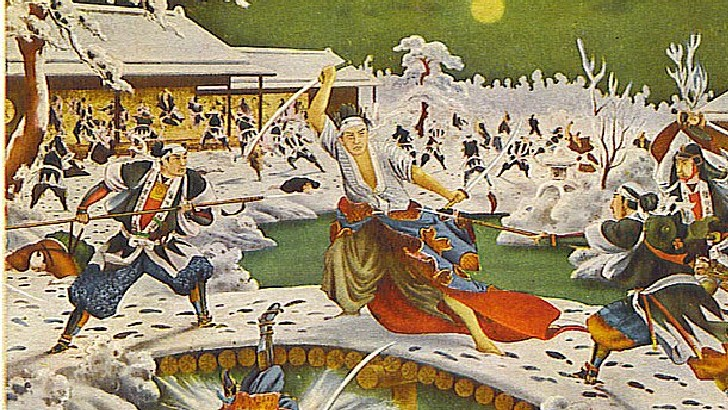
Karate Masters
Ninja
Ronin
Buddhist monks
Many European explorers visited the Orient in the 16th century. Who were the very first Europeans to arrive in Japan?
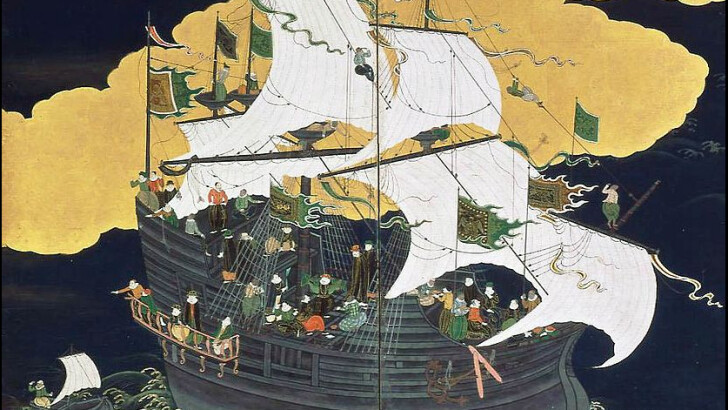
The Portuguese
The Dutch
The British
The Spanish
In the late 17th century, Japan established an isolationist foreign policy that would last more than 200 years. Why did Japan do that?
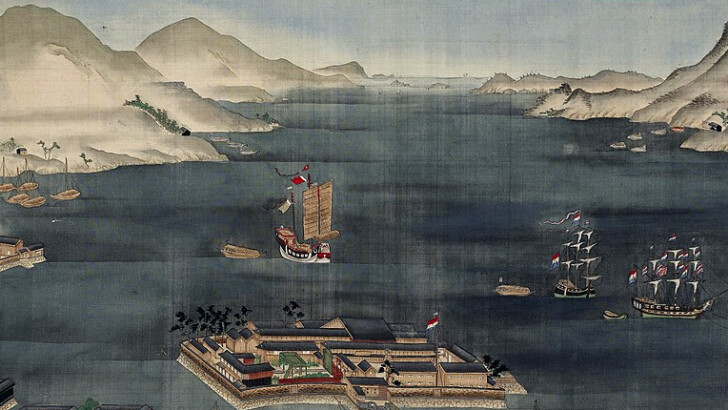
Because they needed space
So they could grow from within
To create demand for their domestic products
So their religion wouldn’t become contaminated
This baseball legend played for the Seattle Mariners. What is this hall of famer’s name?
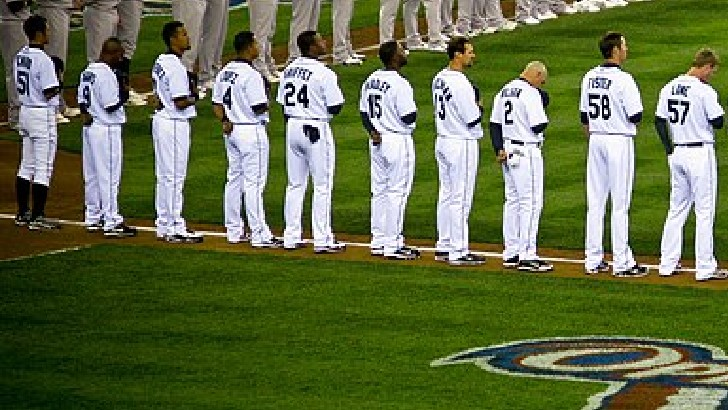
Hideki Matsui
Hideo Nomo
Ichiro Suzuki
Babe Ruth
With the signing of a trade deal between Japan and which country, Japanese isolationism came to an end.
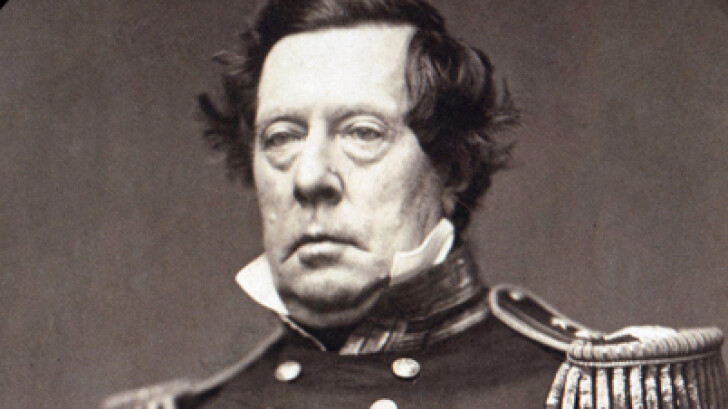
United States
France
China
Britain
[giveaway id=12098]



